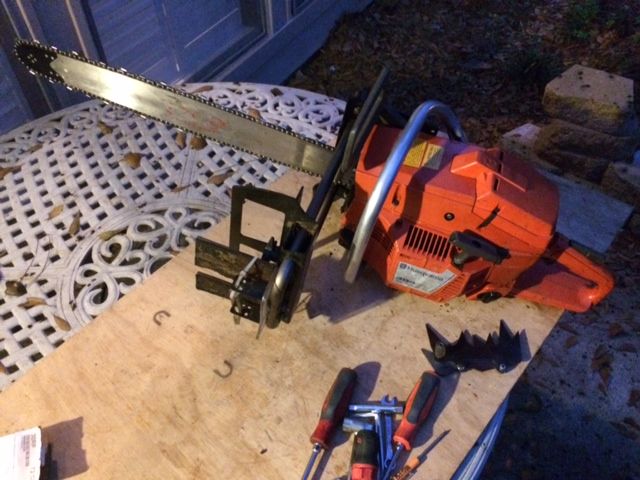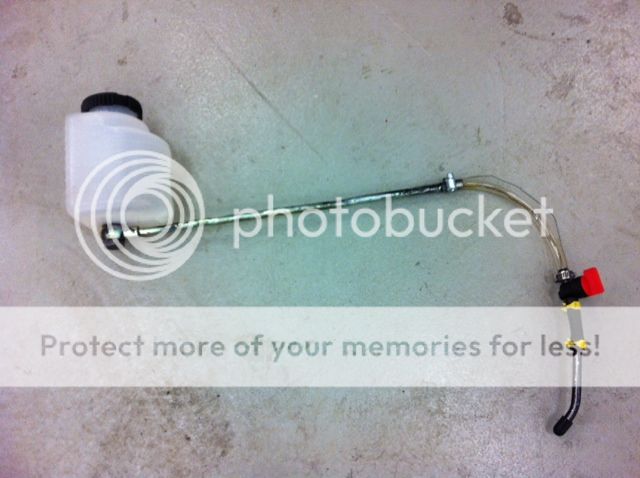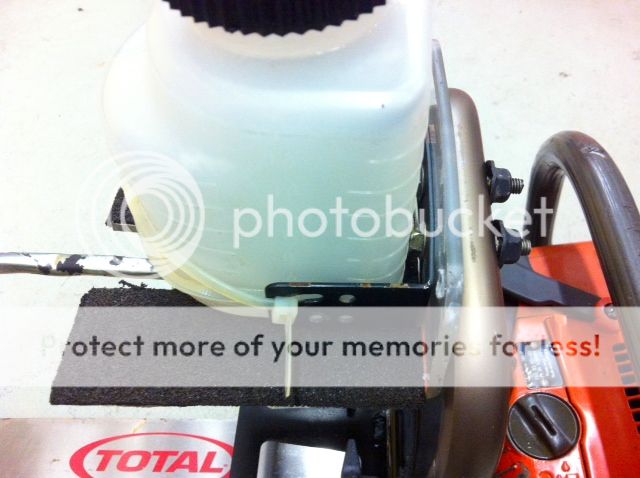So how are you measuring this angel? Just plain old trigonometry or do you use some other device?
There are several ways to measure and set raker angles (progressive raker depth setting);
1) Digital Angle finder
2) If you don't have a digital angle finder and you are trigonometry limited your don't have to work to angles, instead you can use ratios.
You can put a straight edge across the top of two adjacent cutters and and measure the gap between the straight edge and the raker top with a feeler gauge - lets call this gap "g".
Then measure the gullet width using a set of callipers - lets call this distance "w"
Then divide "w" by "g" and if it is ~6º , then w/g should be about 10.
In practice to set the rakers you would first measure "w", lets say it is 0.35"
Then divide this by 10 = 0.035" which is what the rakers should be set at.
Pull out a feeler gauge and select 0.035", put the straight edge across the adjacent cutters and check if the feeler gauge fits.
If not file the rakers until it does.
After a while you get the feel for the number of strokes you will need for the feeler gauge to fit.
Don't worry if you go a bit over.
Of course you don't have to do this every time you touch the rakers. In the field in hardwood I would touch up cutters on a chain after every tank of mix. After every 3/4 cutter touch ups I would touch up the rakers by hand (just 2/3 strokes). Then at the end of a busy milling day I might set the rakers as above.
3) FOP or similar
There are small jigs like the Carlton File-o-plate (FOP) , husky and others have similar jigs, that will perform a semi-progressive raker setting. My take on these is that they are too wussy and don't set the raker angles aggressive enough and as the chain wears the angle gets even wussier but they are definitely better than fixed raker depths
4) Oregon make raker depth jigs that increment in 0,005"; i.e. 0.025, 0.030, 0.035" etc all the way up to 0.05"
Measuring the gullet width and dividing by 10 will tell you roughly which Oregon Jig to use.
So if the gullet is 0.27" you could use the 0.025 or 0.030" jig. The 0.025 would give a raker angle of 6.16º while the 0.030 will give an angle of 6.84º which might be too aggressive on wide cuts.
The downside is you need the complete set of jigs and you can't control the angle as well but some people still find it's good enough.



























































